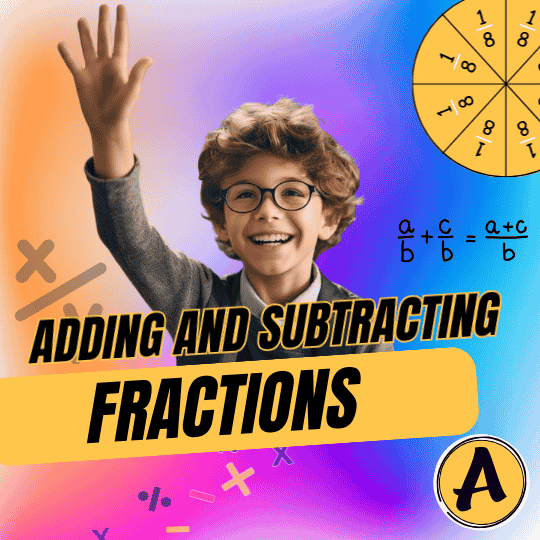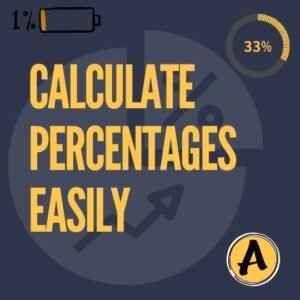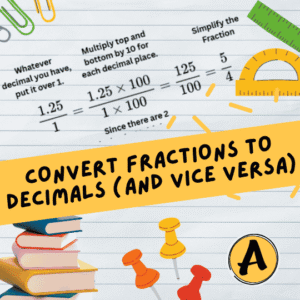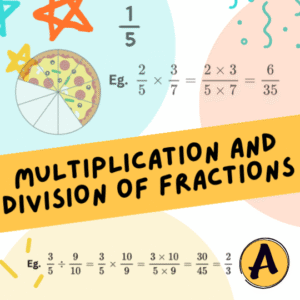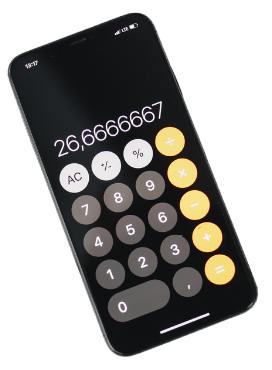➕➖ Fractions — Like Denominators (Add & Subtract)
➕➖ Fractions — Unlike Denominators (LCM Method)
➕➖ Fractions — Unlike Denominators (Cross Multiplication)
Introduction to Fractions (Summary)
Fractions show parts of a whole, made up of a numerator (top number) and a denominator (bottom number). They appear often in maths and real life, helping us compare values and solve problems.
Like fractions (same denominators) are easy to add or subtract.
Unlike fractions (different denominators) need a common denominator first.
This guide focuses on helping NSW students master adding and subtracting fractions—an essential skill for both classroom success and everyday maths, as well as a foundation for advanced topics.
Adding and Subtracting Fractions with Like Denominators
1: Add or subtract the numerators.
2: Keep the denominator the same.
3: Simplify if needed.

Understanding Unlike Denominators
Sometimes fractions don’t play nicely together—they have different denominators (the bottom numbers). These are called unlike denominators. For example, in 1/4 and 1/6, the denominators are different, which means you can’t just add or subtract them straight away.
This is where many students slip up—because you must first make the denominators the same before doing the operation. Without this step, your answer will be incorrect. Think of it like comparing apples and oranges—you first need to change them into the same “unit” before adding or subtracting.
Why is this important?
With unlike denominators, you can’t combine fractions directly because the pieces are cut into different-sized parts. For instance, one pizza cut into 4 slices and another cut into 6 slices don’t match. To solve this, we convert them into the same “slice size” (a common denominator).
Adding and Subtracting Fractions with Unlike Denominators
Method 1: LCM Method
1: Find the LCM of the denominators.
2: Convert fractions so denominators are the same
3: Add the numerators and simplify.

Method 2: Cross Multiplication
Step 1: Multiply the numerator of the first fraction by the denominator of the second fraction.
Step 2: Multiply the numerator of the second fraction by the denominator of the first fraction.
Step 3: Add the two results from Step 1 and Step 2 → This is your new numerator.
Step 4: Multiply the two denominators → This is your new denominator.

Conclusion: Build Confidence with Fractions
Fractions don’t have to be scary! Once you understand like vs. unlike denominators and practise the LCM and cross multiplication methods, you’ll find adding and subtracting fractions much easier.
Remember:
Always simplify your final answer.
Practice regularly with both direct problems and word problems.
Use online tools like Khan Academy or NSW maths practice portals for extra exercises.
With steady practice, NSW students can turn fractions from a headache into a strength—and use that confidence for harder maths topics later on.

